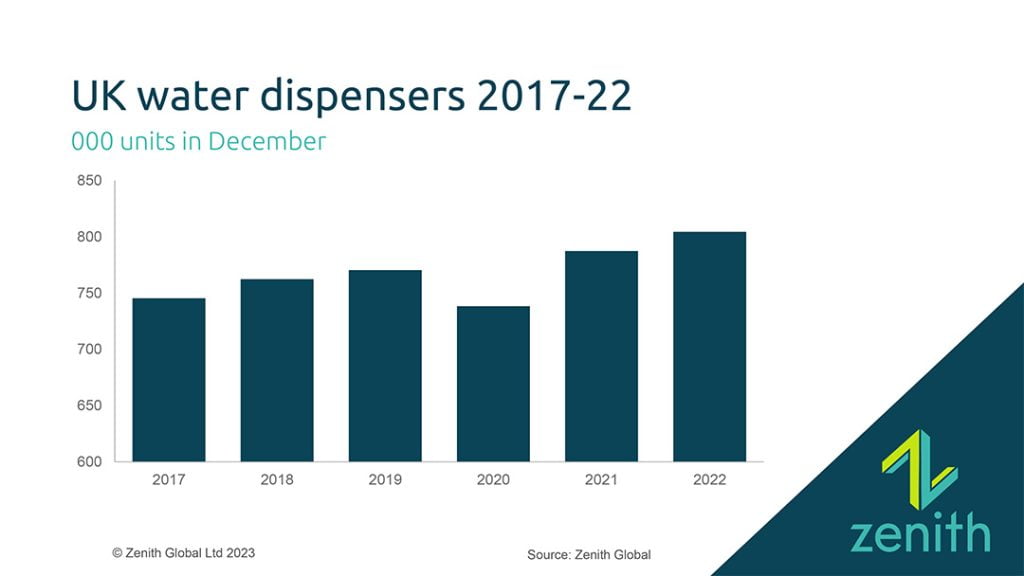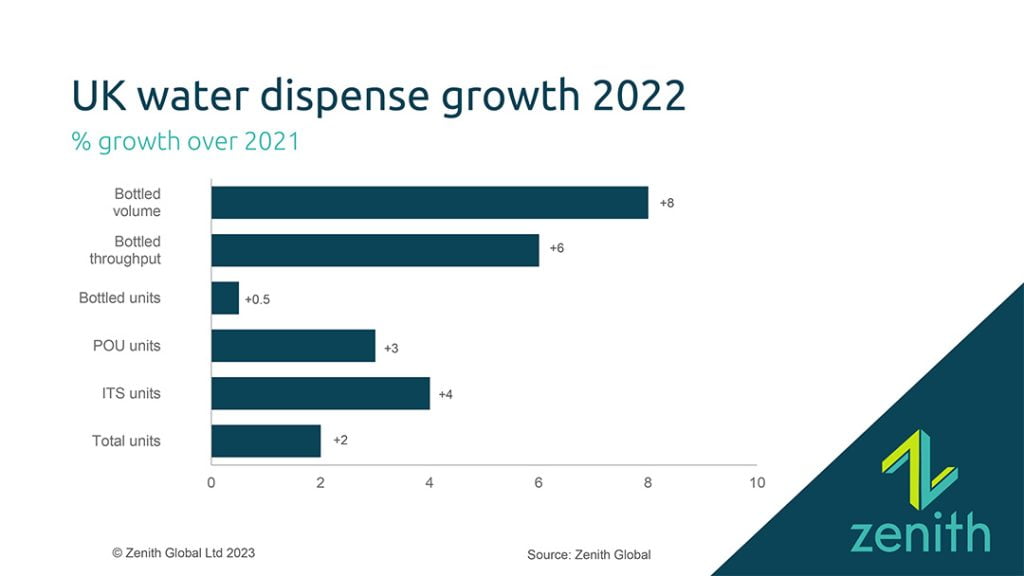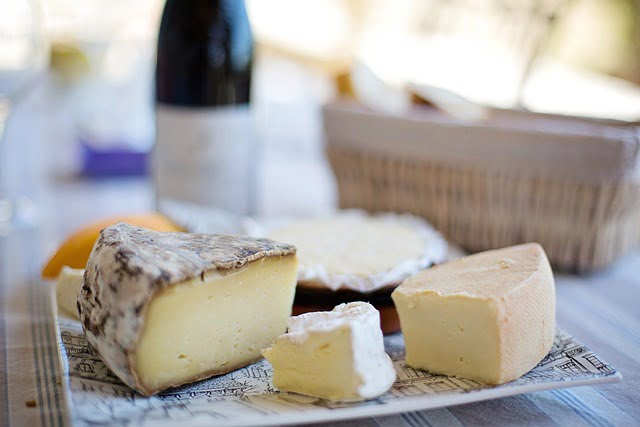The West Europe water dispense market expanded by 3.8% to reach 3.65 million units at the end of 2022, according to the latest research report from Zenith Global Commercial. Over the past 5 years, the sector has grown by a remarkable 17%, adding more than 500,000 units, despite the impact of covid and recent economic disruption.

Bottled water dispensers accounted for a record level of almost 2 million units, 53% of the total but down from 56% in 2017. Bottle-free mains water dispensers, known as point of use, also reached a record of close to 1.5 million units, 40% of the total and up from 38% 5 years ago. Multifunctional, integrated tap systems for businesses exceeded 250,000 for the first time, making up the balancing 7%. Over the 5 years, integrated tap systems were the fastest growing segment, achieving a 35% uplift.

The largest 5 markets in West Europe were the United Kingdom with a 22% share, followed by Spain on 20%, France on 14%, Italy on 11% and Germany on 10%. Collectively, these countries accounted for a combined 76% of units installed, a marginal increase on 2021. Spain was the best performing country over 5 years, with average annual growth of 11%.
“In terms of market value, industry revenues have now surpassed €1 billion,” commented Zenith Global Commercial Consulting Director Akos Petri. In fact, they climbed an impressive 11.2% in 2022 to reach €1.17 billion for the year.”
Zenith Global Commercial forecasts continued steady growth for West Europe water dispense market, rising a further 18% to more than 4.3 million units in 2027.


